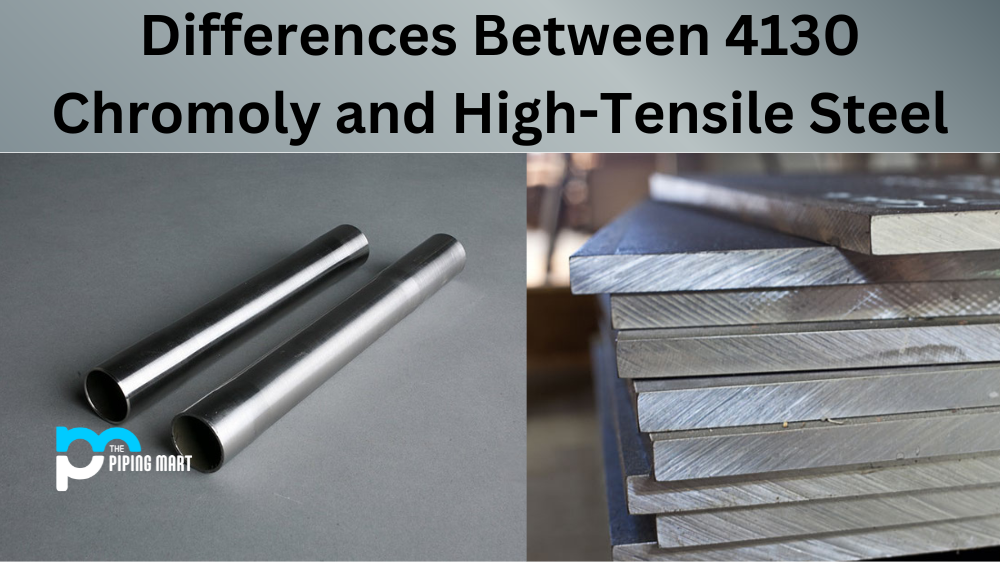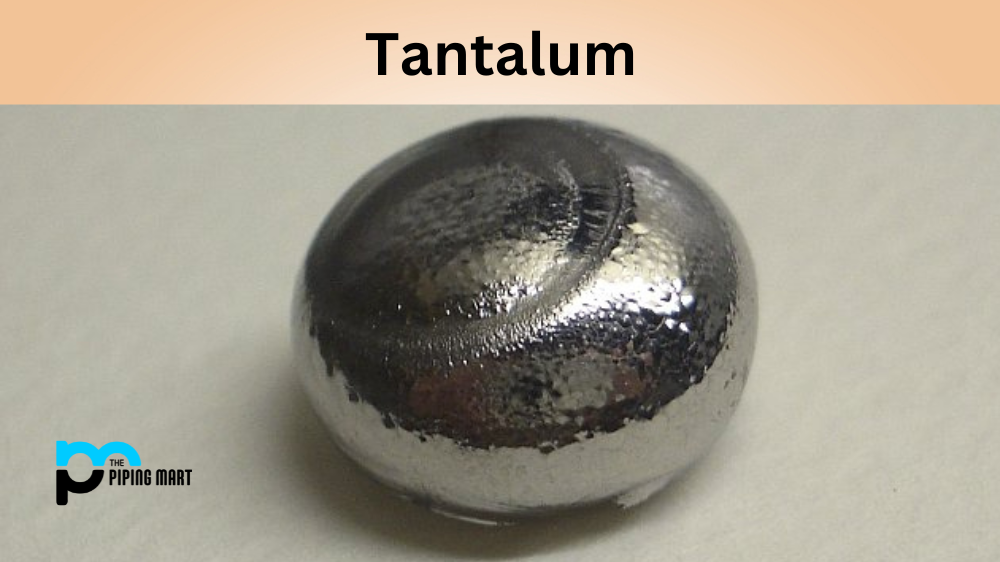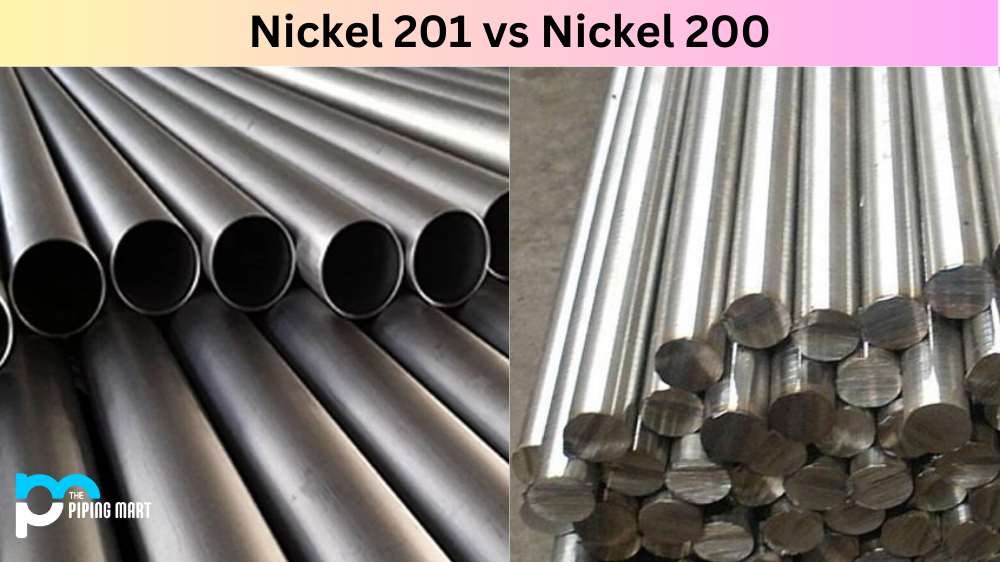When it comes to building or repairing a structure, it’s critical to understand the differences between various types of steel. Two of the most popular are 4130 Chromoly and high tensile steel. Knowing which is best for your project can save you time, money, and energy. Let’s take a closer look at what makes 4130 Chromoly and high tensile steel unique.
What is 4130 Chromoly Steel?
4130 Chromoly steel is a type of low-alloy steel that gets its name from two things – chromium (Cr) and molybdenum (Mo). It contains 0.8-1.1% chromium, 0.15-0.25% molybdenum, as well as other alloying elements such as manganese or silicon. This material has good weldability, formability, and machinability characteristics, making it an ideal choice for many applications where strength is important. It also has excellent fatigue resistance, which makes it perfect for use in bicycle frames or structural tubing for aircraft and automobiles.
High Tensile Steel
High tensile steel is a type of alloyed carbon steel that has been heatedly treated in order to increase its yield strength and tensile strength. It typically contains small amounts of other alloying elements such as manganese, copper, nickel, molybdenum, or vanadium in order to improve the material’s mechanical properties even further. High-tensile steel is commonly used in construction projects due to its ability to resist deformation under load without becoming brittle or cracking like standard steels would at this level of stress.
Differences
The main difference between 4130 Chromoly and high-tensile steel lies in their strength levels; specifically, their yield strength and ultimate tensile strength levels are different from one another when compared on an equal basis (per unit area). Generally speaking, high tensile steel will have a higher yield strength than 4130 Chromoly, while the latter will have higher ultimate tensile strength values than the former on an equal basis (again per unit area). Furthermore, due to its lower yield strength value when compared with high tensile steel, 4130 Chromoly will be more malleable than its counterpart, which allows for easier fabrication into complex shapes or structures if needed during manufacturing processes – something that isn’t possible with high tensile steels without compromising on their overall load bearing capabilities/strength levels considerably over time/usage cycles due to their increased brittleness relative to lesser alloyed steels like those found in 4130 chronology materials/grades/types, etc.
Conclusion:
All in all, both these materials are incredibly useful depending upon the application they are being used for because they offer different sets of strengths when used correctly while also providing additional benefits due to their malleability/formability characteristics when required by certain manufacturing processes, etc. Ultimately though, it comes down to understanding your particular application requirements better so that you can make an informed decision regarding which type of material would be best suited for it – whether that be a standard grade/type of either one like AISI 4140 or SAE 1045 high tensile, etc. or something else entirely different altogether! Whatever you end up choosing, make sure you read up about its properties first so that you don’t run into any unexpected issues later down the line during fabrication/manufacturing stages, etc. Good luck!

Meet Bhavesh, a seasoned blogger with a wealth of knowledge and experience. From metal products manufacturing to retail, Bhavesh has a diverse background in various industries and is dedicated to sharing his insights and expertise with readers.




